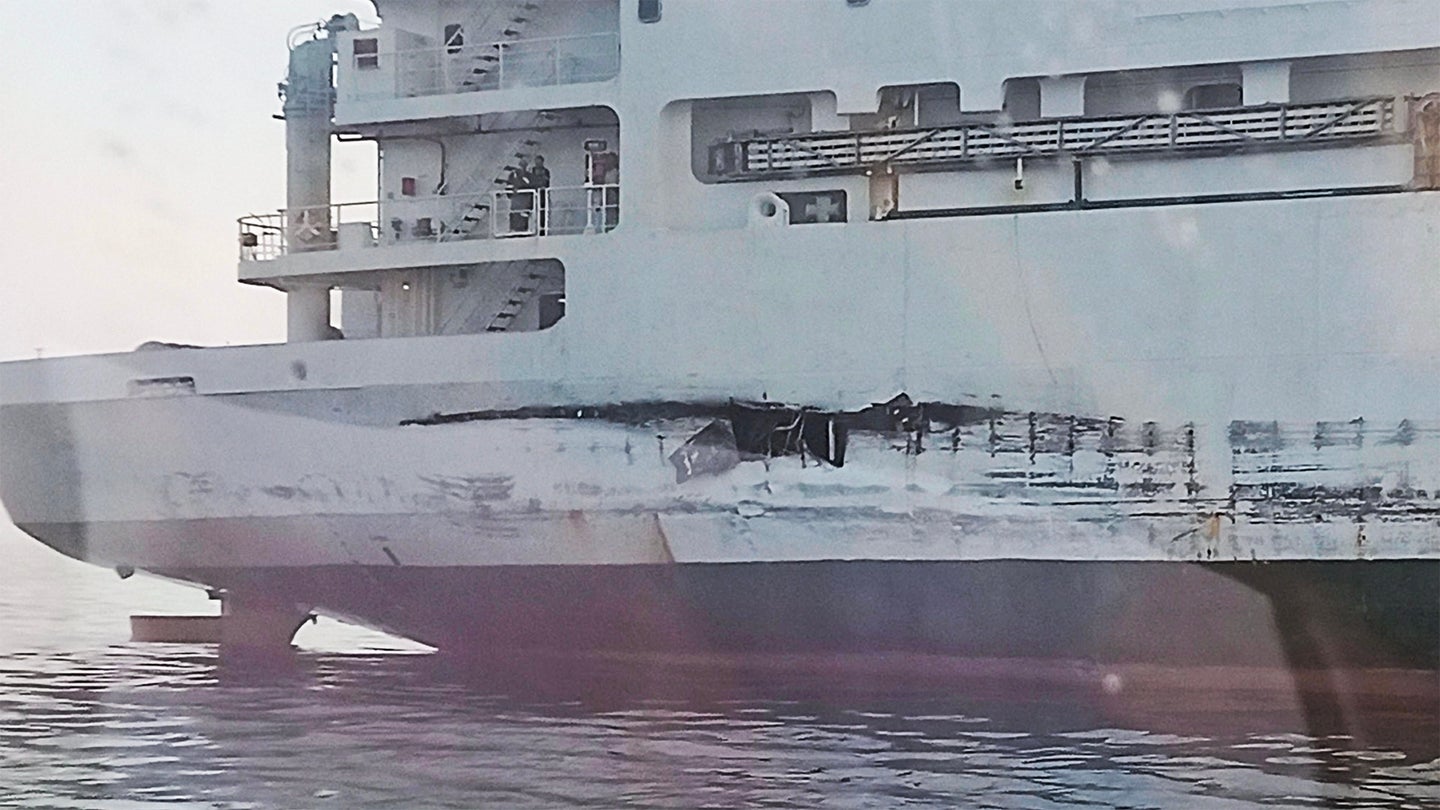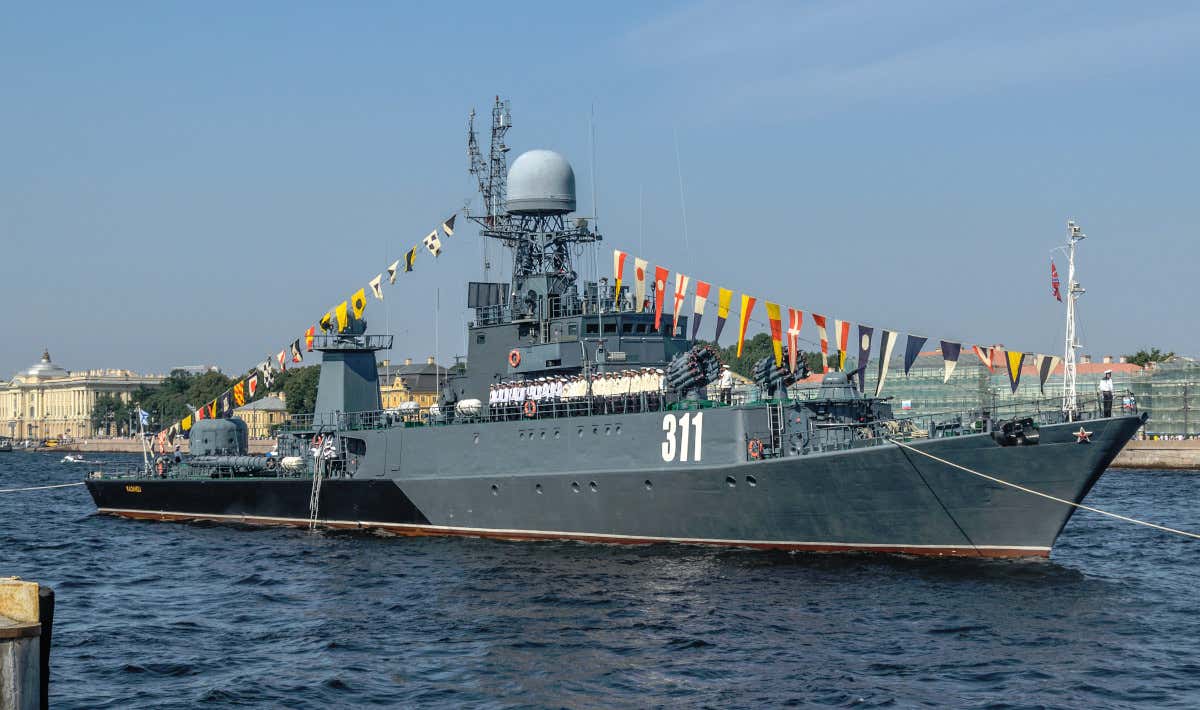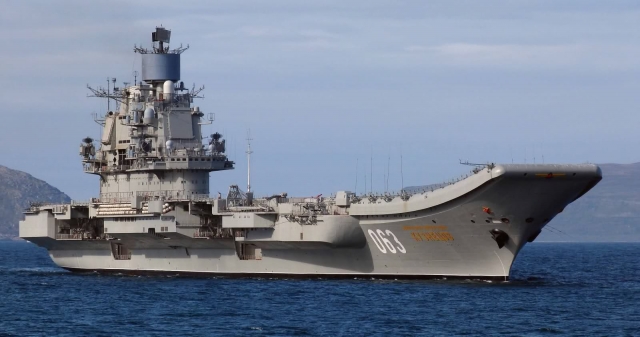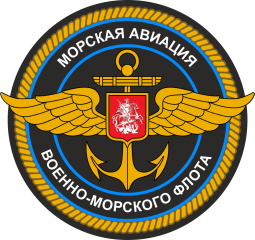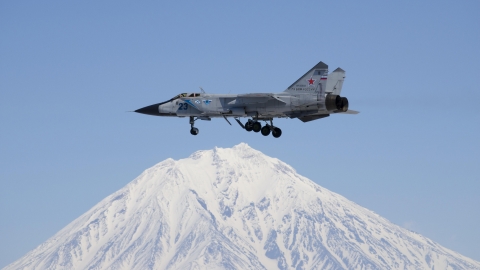In Soviet times, Soviet Naval Aviation numbered hundreds of aircraft, both shore-based and shipborne aircraft. Back then, the inventory comprised out of fighters, bombers, medium-range and long-range maritime patrol/anti-submarine warfare aircraft.
Using the Scramble Magazine database a lot became known about Russia's recent years of Naval Jet Aviation history. 1992 seemed to be a good starting point for the now named “Авиация Военно-морского флота России” or Russia's Naval Aviation. The demise of the Soviet Union in 1991, coincidentally also marked the end of the operational life of the famous Yakovlev Yak-38 Vertical Take-Off and Landing (VTOL) aircraft. After relying heavily on the Yak-38 during aircraft carrier operations in the seventies and eighties, Russian Naval Jet Aviation had to rethink its strategy. September 1992 saw a large influx of Russian military hardware at the Farnborough International Air Show (UK). Surprisingly, both Yakovlev’s VTOL stable mates, the Yak-38M, an upgraded Yak-38 and its newer brother, the Yak-141, were part of the Russian contingent.
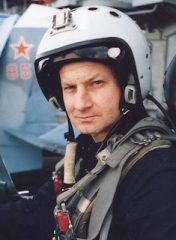
After analysing our comprehensive database and show reports, Scramble Magazine has now learned that those appearances in 1992 were Russia's, and thus Yakovlev's last efforts, by also attempting to export those aircraft, to revive the VTOL for the Russian Naval Jet Aviation and maybe to save Russia’s Naval Jet Aviation as a whole. Also, in January 1992, the 100th Shipborne Fighter Aviation Regiment, which was formed at Saki in the Crimea on 10 March 1986, many of its personnel, led by regimental commander, then a Lieutenant Colonel, Timur Apakidze, refused to take the oath of loyalty to Ukraine. Aircraft and equipment were left behind and the personnel was regrouped at Severomorsk-3 Air Base, becoming a part of the Northern Fleet's 279th Shipborne Fighter Aviation Regiment. Strikingly, Apakidze, who later became a Major General, was notably the first one who would land a Sukhoi Su-27K (Later designation Su-33) on the flight deck of the aircraft carrier Admiral Kuznetsov on 26 September 1991. This was later recognised as having paved the way for modern Russian Naval Jet Aviation. Sadly, on 17 July 2001, Apakidze died while, during an air show in honour of the 85th anniversary of Russian Naval Aviation, he crashed with a Sukhoi Su-33.
From 1993 onwards, everything became uncertain and fluid for Russia's Naval Jet Aviation. Russia faced domestic unrest, defence cuts and the beginning of large scale corruption. After the partly new built aircraft carrier Ulyanovsk was scrapped in 1992, the aircraft carriers Kiev, Minsk and Novorossiysk were decommissioned in 1993. The Admiral Gorshkov was later sold to China, leaving one aircraft carrier behind, the Admiral Kuznetsov. The Kuznetsov finally becoming fully operational at the end of 1995, after its launch ten years earlier in 1985, was first commanded by Apakidze. The aircraft carrier made its first 90-day Mediterranean deployment which ended in March 1996. By then Kuznetsov's aircraft had accumulated 2,500 landings on the flight deck with conventional Sukhoi Su-33 and Sukhoi Su-25UTG jet aircraft. Despite the impressive efforts and results, Kuznetsov's flight activity and intensity dropped from then on. At that point, the Kuznetsov moved out at sea for only two or three weeks' worth of manoeuvre training a year, until carrier activities were ceased almost completely.
Throughout the years, within Russia's Navy many notable changes, redistributions and restructuring took place. At one time Russia's Naval Jet Aviation consisted of a few dozen operational Su-24M/MR, Su-25UTG and Su-33 aircraft. Especially after 2011, when Navy Regiments operating the supersonic Tupolev Tu-22M3 bombers were transferred to the Russian Air Force's Long Range Aviation (LRA).
The year 2014 became a special year for Russia's Naval Jet Aviation. After having been expelled from Saki, the Russian Navy established their Naval Aviation Combat Training and Conversion Centre located near the town of Jejsk (Krasnodar Kraj). The centre near Jejsk never could compete with Saki (Novofedorivka Air Base) on the Crimean Peninsula. The Saki Naval Ground Test Aviation Training Complex, affectively called 'NITKA' (Nazyemniy Ispitateiniy Treynirovochniy Kompleks Aviatsii) by the Russians, had, because of its technical capabilities and strategic location, never been equalled. After the annexation of Crimea, Saki was now back in Russian hands. Also a new era started on 19 July 2014. On that day the Irkut Corporation delivered the first three Sukhoi Su-30SM two-seat multirole fighters to the Russian Navy.
From offensive to defensive posture
Having relied much on the Yak-38 during aircraft carrier operations in the seventies and eighties a new era started. With the delivery of the first Su-30SMs, Russia's Naval Aviation had now its first new dedicated land-based multirole fighters in decades. Although it was first stated that they were delivered to the Jejsk Naval Aviation Combat Training and Conversion Centre in 2014, Scramble Magazine was made aware that during 2015 some of the Su-30SMs were already based with the 43rd Naval/Maritime Attack Aviation Regiment on the Crimean Peninsula keeping a watch over the Black Sea. Later, Su-30SMs were also distributed to the 4th Naval/Maritime Attack Aviation Regiment in the Kaliningrad exclave. It is expected that within a few years the Russian Navy will have some fifty Su-30SMs and modernised Su-30SM2s at their disposal. By then all Russian Navy Su-24M/MR missions will have been ceased and taken over by the Su-30SM. The 865th Fighter Regiment is one of the least known Russian Naval Air Regiments. Having been revived in the Kamchatka Territory during 2018/2019, the 865th Fighter Regiment is flying modernised Mikoyan Gurevich MiG-31BM fighters from Yelizovo-Petropavlovsk. The strategically chosen site is convenient for arctic patrols, supporting LRA bombers and possibly future operations with the Kinzhal (Dagger) nuclear-capable Air-Launched Ballistic Missile (ALBM).
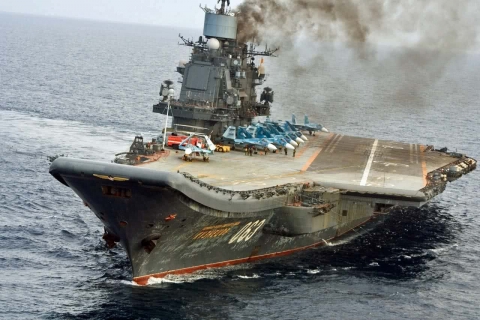
As for Russian aircraft carriers
It was due to Timur Apakidze's commitment that the Admiral Kuznetsov wasn't scrapped like other Soviet aircraft carriers as the result of drastic financial cuts in the Russian military during the nineties. The much-troubled aircraft carrier has made six deployments to the Mediterranean to date. The last was in 2016-2017. At the end of 2016, whilst operating from the Kuznetsov near and over Syria, two Russian naval fighters, a MiG-29K and a Su-33 crashed into the Mediterranean Sea. This is only a small selection of mishaps and incidents that have occurred on and from the carrier over the years.
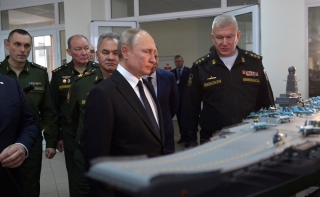
Although the Kuznetsov had its first active combat role during the Syria conflict, since it was then (2016) launched more than 3 decades ago, as part of a last window of opportunity by the fading Soviet Union to challenge American naval power, Scramble Magazine assesses that the combination between conventional naval jet aircraft and the Kuznetsov has never been really successful. At the beginning of January 2020, a concept of a new aircraft carrier, named Lamantin (Manatee), was presented to President Putin. Scramble Magazine assesses that the Lamantin, designed by the Nevskoye Design Bureau in St. Petersburg, will only stick to a concept for now. The will is there, but is there a need? The Russian Federation has no financial means to finance such a large project. In addition, there is no possibility for a location for this project within the borders of Russia. A military-technical cooperation with China could offer a possibility. Also, the Russian Navy has over the last years been significantly strengthened with new capabilities. For example, smaller ships that will be equipped with the 3M22 Tsirkon anti-ship high-precision missile in the future will pose a much greater threat to countries with a large navy.
New aircraft
The operational life span of many of Russia's naval jet fighters is long overdue. Land-based obsolete Su-24s are in the stage of being replaced by the Su-30SM. Despite old and outdated, carrier-based Su-33s and MiG-29Ks will, although not be operating from the Admiral Kuznetsov soon, soldier on for a while. Modernised MiG-31BMs will also be used for the time to come. Scramble Magazine assesses that the Kaliningrad exclave based obsolete Air Defence Su-27SM/UBs will be given priority. At this moment it is unknown if the Su-27 will be replaced by the Su-30SM2 or the Su-35S.
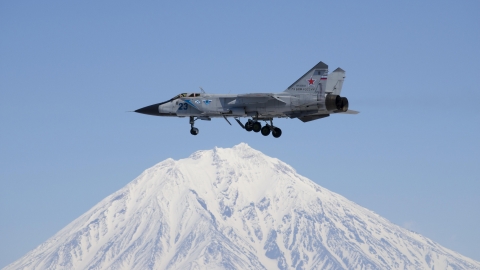
At one point in history the Russian Naval Jet Aviation seemed doomed. Although this is not what Timur Apakidze had in mind while flying his Su-33 on the Kuznetsov aircraft carrier for the first time, the land-based Su-30SM has secured Russia's Naval Jet Aviation for the future. Also, the Crimean Peninsula and Kaliningrad will be given priority in the future. Multirole Naval jet fighters will be a part of that. While Russian aircraft carrier operations will be halted temporarily or will cease as a whole, it is expected that more land-based jet fighters will be added to Russia's Naval Aviation inventory in due time.
How Russia's Naval Jet Aviation was saved (long read!) In Soviet times, Soviet Naval Aviation numbered hundreds of aircraft, both shore-based and shipborne aircraft. Back then, the...

www.scramble.nl










